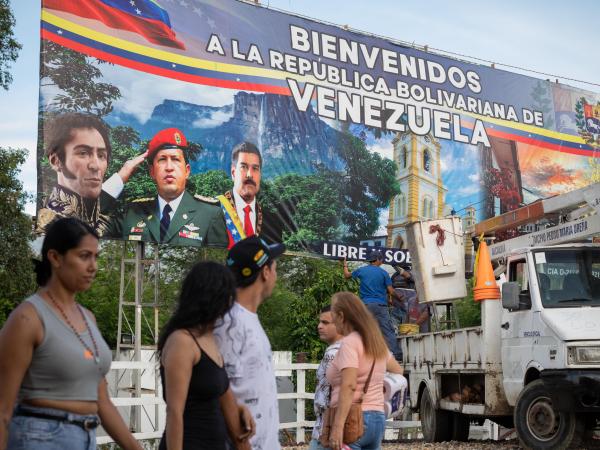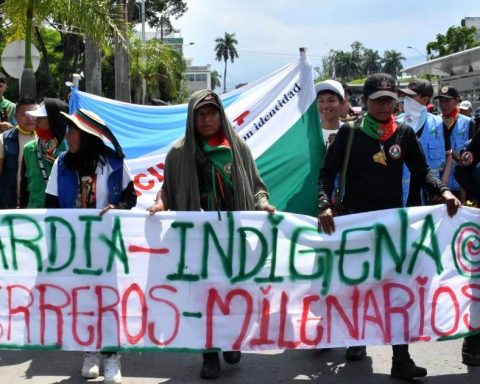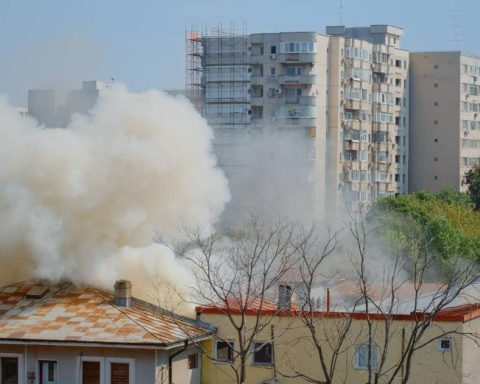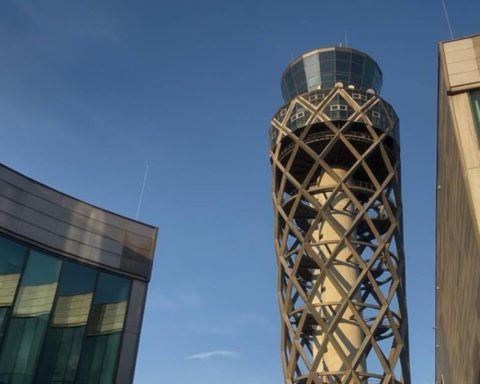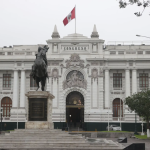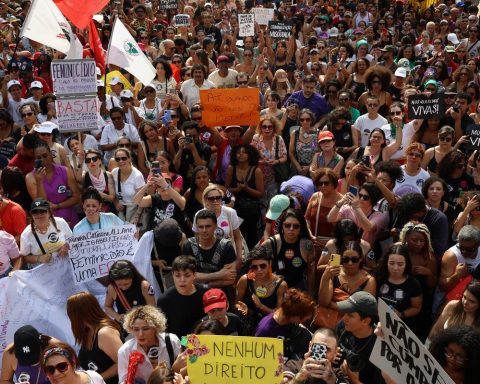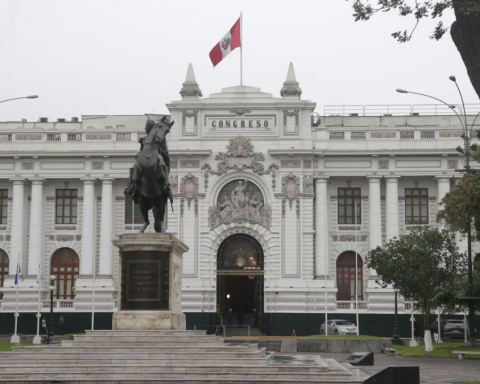After seven years, this Monday The border is reopened for the passage of cargo transport Come in the department of Norte de Santander and the state of Táchira, within the framework of the reestablishment of diplomatic and commercial relations between Colombia and Venezuela, one of the campaign promises of the National Government.
(See: Reopening of the border: what is coming for Colombia and Venezuela).
This act takes place after Gustavo Petro’s first month in the Presidency and with the return of formal contacts between the two countries with the establishment of the new ambassadors, military and legislative relations, among others.
According to information from the Ministry of Commerce, at the close of this edition, the commercial reopening in the “most dynamic border of South America” will be at 10 in the morning, when a group of trucks will travel through the international bridges of Simón Bolívar (Villa del Rosario) and Francisco de Paula Santander (Cúcuta).
(See: They authorize the first flight from Venezuela to Colombia for this Monday).
It is expected that with the commercial reopening of this border, bilateral trade between Bogotá and Caracas will reach US$1.2 billion by the end of the year, a considerable rebound compared to recent years, in which it did not exceed US$500 million.
Specifically, the best record of bilateral trade was in 2007-2008 when it exceeded US$7,000 million. In 2020 it was US$222 million and last year it was US$394 million.
(See: Border: Colombia and Venezuela agree to work on security).
Among the sectors that arouse interest among businessmen on both sides are the agroindustrial, trade, iron and steel and health, among others.
Currently, bilateral trade is around a favorable trade balance for Colombia of US$301.6 million, according to Dane. The exchange takes place by air, sea and land through the northern border.
This Monday the air connections between the two countries will also be refounded, first connecting the capitals, and then giving way to the connections between Caracas and Medellín, as well as Bogotá with Maracaibo and Valencia. Until the closing of the edition, the replacement of the sanctioned Conviasa for the inaugural flight is still unknown.
(See: Colombia has already received 8,000 tons of urea from Venezuela).
ROBERTO CASAS LUGO
Journalist Portfolio
